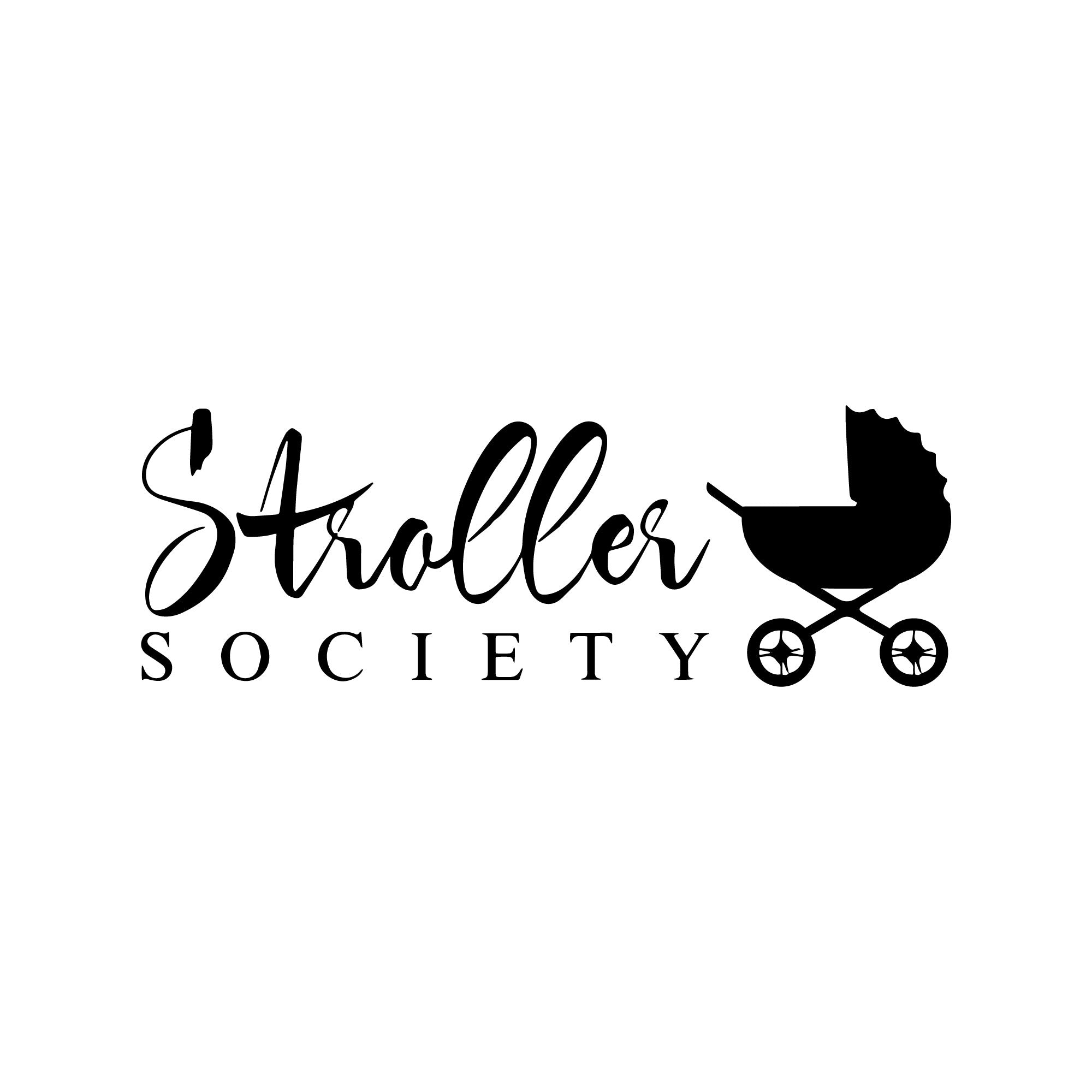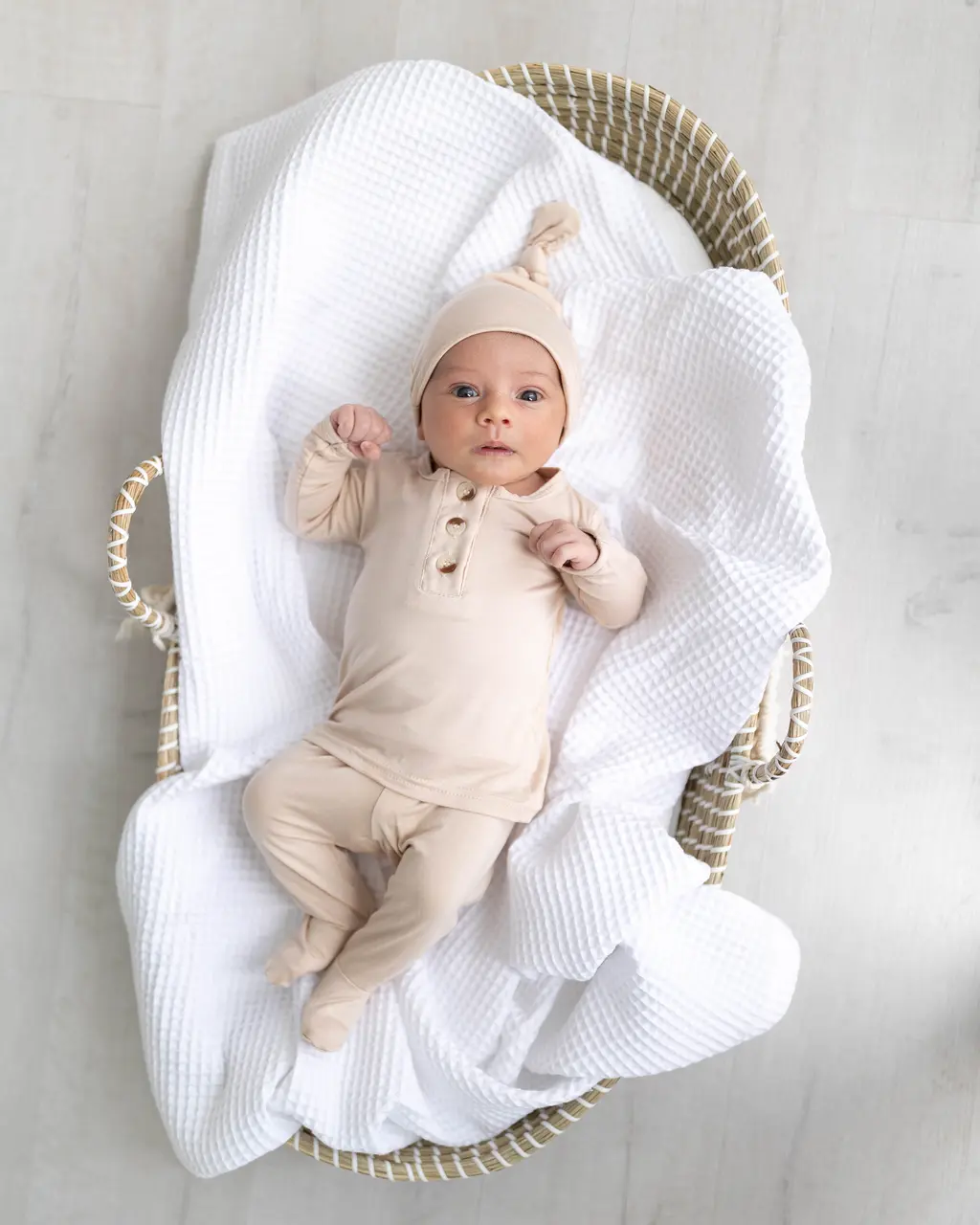10 Ways to Know When a Baby is No Longer a Newborn
Becoming a parent is a roller coaster ride filled with a whirlwind of new experiences and emotions. Even as you find your feet, so does your baby—transitioning from a newborn to a more alert and curious infant. But how do you know when your little one has moved on from the newborn stage? Here’s a handy guide to help you identify when your baby is no longer a newborn.
Adorable Baby Outfits, Bamboo Baby Clothing Stroller Society
1. Noticeable Changes in Sleep Patterns
As newborns, babies sleep for most of the day. However, as they grow, their sleep patterns begin to change, becoming more regular with longer periods of sleep at night. According to the American Academy of Sleep Medicine, infants between 4 to 12 months need 12 to 16 hours of sleep in a 24-hour period, including naps. This shift is an indicator that your baby is transitioning out of the newborn phase and developing more structured sleep habits.
This change doesn’t happen overnight. Initially, you may notice your baby staying awake a bit longer during their wake windows, allowing for more engagement and interaction. These longer awake times are perfect moments to introduce fun activities like tummy time or interactive play, further aiding their development.
2. Increased Alertness and Curiosity
Your baby starts to spend more time awake and is more alert and interested in their surroundings, a sure sign that they’re no longer a newborn. This heightened alertness often blossoms around the two-month mark when babies begin to focus on objects and faces with more intent. It’s also a time when they might start following moving objects with their eyes, showing curiosity about what’s happening around them.
With each passing week, you’ll notice your baby’s fascination with the world growing. They may become more engaged during playtime, responding to bright colors and various textures. Such curiosity is crucial as it sets the foundation for further learning and exploration. Encouraging this interest through age-appropriate toys and activities can significantly benefit your baby’s cognitive development.
3. Growing Interest in Faces and Voices
One big change is a keen interest in faces, especially familiar ones, and recognition of voices. This increasing interaction is key to their development. Around the age of two to three months, babies will often begin to smile socially, a delightful milestone that replaces the reflexive smiles seen in newborns. This is typically a sign they’re starting to recognize and remember the people closest to them, marking a significant leap in social development.
4. Improved Head and Neck Control
A definite sign that your baby has moved past the newborn stage is enhanced strength and control over their head and neck muscles. Tummy time is an excellent way to observe and encourage this development. By around three months, most babies can hold their head up steadily and even push off slightly when lying on their stomachs, demonstrating their growing muscle strength.
5. Responsive Social Smiles
Those first social smiles are heartwarming! Your baby begins to smile in response to your expressions or voices rather than as a reflex. This transition often occurs around six to eight weeks of age, as babies become more adept at interacting with their environment and using their understanding of familiar faces and voices to communicate happiness and interest.
It’s remarkable how social your baby becomes during these early months. Encouraging this socialization through face-to-face interactions and talking to your baby can help them continue to develop their rapidly growing communication skills.
6. Vocal Experimentations
You may notice cooing or gurgling sounds as your baby starts experimenting with their voice, which marks a departure from newborn cries. This experimentation usually begins around two to three months, paving the way for babbling as your baby grows more conscious of the sounds they can make. Engaging with these sounds and encouraging vocal play can positively impact their language development down the line.
Amidst all this excitement, it’s essential to keep fostering an environment that nurtures your baby’s sense of discovery. Playing simple games and having conversations, where you mimic your baby’s sounds, supports their growing cognitive abilities.
7. Grasping and Holding Objects
Around this stage, your baby begins to grasp and hold objects briefly, showcasing their developing fine motor skills. By about three months, babies are often able to bring their hands together and grasp toys for short periods, indicating improved hand-eye coordination and muscle control.
As your baby’s interest in their surroundings grows, you may notice them reaching out more purposefully. Providing them with soft, textured toys can help stimulate tactile experiences and fine-tune their grasping skills. These early experiences play a critical role in developing their sense of touch and manual dexterity.
8. Increased Mobility
While they’re not ready to crawl just yet, you might notice your baby trying to roll over or mimic sitting up with support. These attempts, often seen between three to four months, are the first signs of growing strength and independence. Babies often start by rolling from their stomach to their back, which is a thrilling milestone showcasing their burgeoning mobility.
9. Recognition of Familiar People
Your baby starts recognizing and responding to familiar faces, showing more focused attention than before. Recognizing loved ones and responding positively to familiar voices and faces show that they are beginning to build strong emotional connections.
Over time, these familiar interactions will become a cornerstone for your baby’s sense of security and comfort, reinforcing the importance of regular, loving interactions with family members.
10. Developing Feeding Patterns
Another sign of transition includes more established feeding patterns, be it breastfeeding or bottle feeding, with possible interest in tasting new flavors. As the weeks pass, you may notice your baby developing a more consistent feeding schedule, possibly coupled with longer intervals between feedings.
As you plan for introducing solids, take note of your baby’s readiness, such as sustained head control and interest in what you are eating, often observed around the four to six-month mark. These developments indicate your baby is gearing up for the exciting transition to solids, a significant milestone that marks the beginning of a new phase in their journey.
Stroller Society’s Newborn top and bottom outfits are particularly suited for this growth phase, designed with soft and stretchy modal material ideal for your newborn to grow into and wear comfortably. These outfits come complete with practical features, such as fold-over newborn mittens and an adorable hat, and are offered in sizes up to 6-12 months, making them a versatile choice for evolving infants.




















